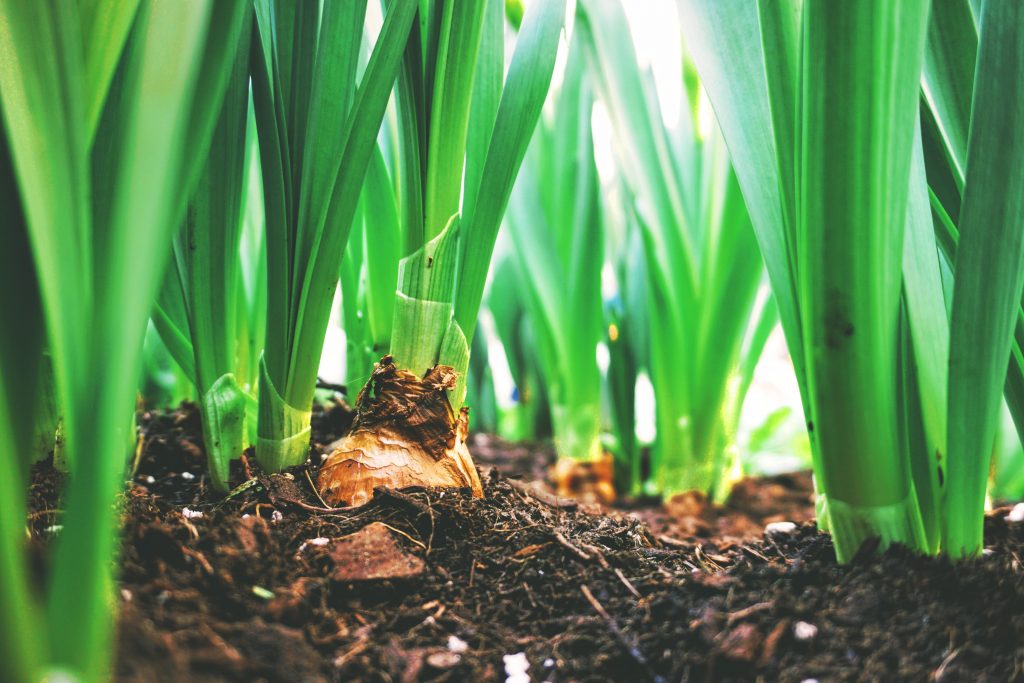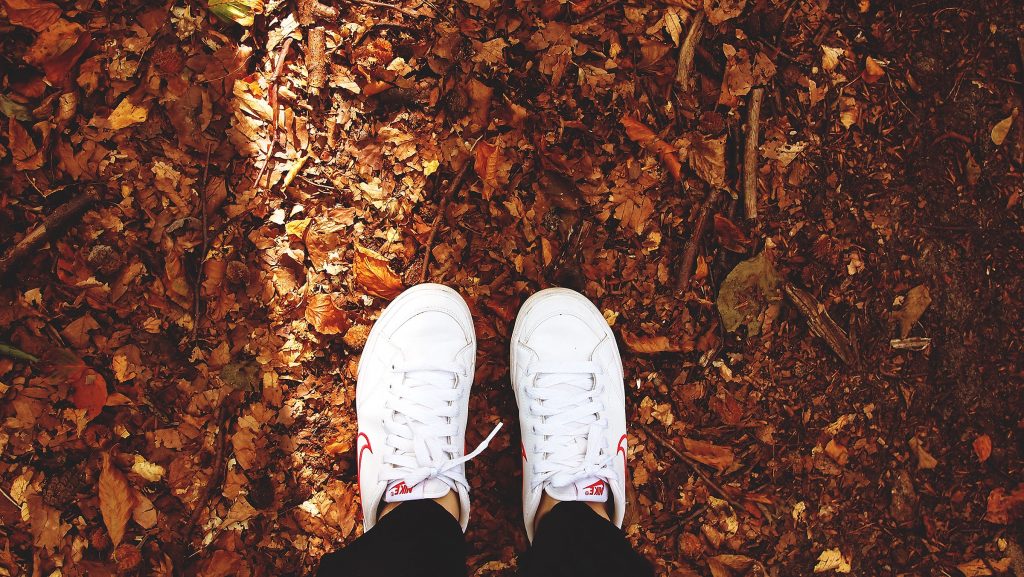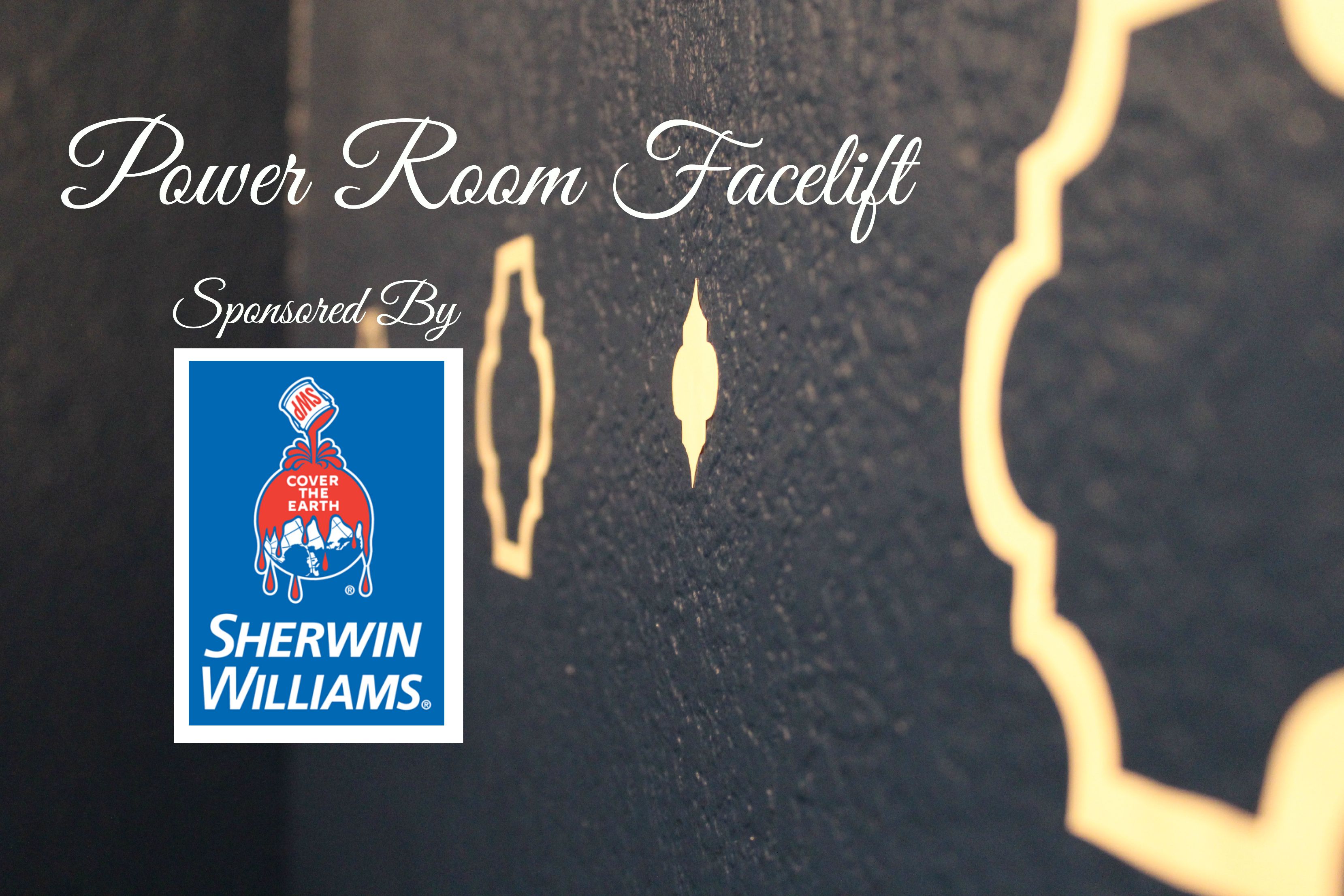Well it doesn’t feel much like fall in Colorado but when I started this post it was a lot nicer! Luckily we’ll be back up to warm weather next week and then I can finish cleaning up the rest of my garden.
The shorter days of autumn and cooler temperatures serve as a constant reminder that summer gardening season is slipping away. This doesn’t mean that there is nothing left to do before you put your garden to bed for winter. There are many things that will need to be done, and you can still enjoy the things you will have to do. As you prepare your garden for a winter sleep, clean things up and put your garden tools away, you can also enjoy the fruits of your fall harvests.
Here are some fall gardening tips to help you get your yard or garden in shape for winter.
7 Fall Gardening Tips to Prepare for Winter and Spring
Plant spring bulbs
Fall is the time to plant spring bulbs. You need to do this early in the fall so that the bulbs have a chance to establish roots before the first frost. Those roots will nourish the plant so that it can provide you with blooms the following spring.

Divide perennials
There are many perennials that will need to be divided. The reason for doing this in fall as opposed to spring is because by doing it in fall, you give your plants time to adjust to being transplanted at a time when the soil is still sufficiently warm. You also want to do this when there is no new growth, and because many perennials will be entering dormancy, this is the ideal time.
Dig up non-hardy bulbs
If you live in a zone for which certain flowering plants that grow from bulbs aren’t hardy, you will need to dig them up. Cannas and other tropical bulbs are examples of things that will have to be dug up if you live in a zone that is colder than zone 7. After digging the bulbs up, you will want to hose them off to remove all of the dirt and debris. Allow the bulbs to dry out completely before packing them away.
You can pack them in peat moss, shredded newspaper, shredded wood or anything that is soft and that will still allow them to breathe. You can then store them in a box or other container that will get adequate air. Place them in a cool and dark place such as a basement.
Remove dead growth from annuals
You may also want to dig up the dead growth from your annuals. They serve no purpose by being left in the ground. If you are certain that there are no seeds or seed pods in the dead growth, and are sure that there is no danger of disease, you can toss these into your compost heap.
Remove dead vegetable plants
You will want to dig up any dead vegetable plants, making sure that you get every last bit of harvest there is. Although you can toss the dead growth (provided you are absolutely certain there is no danger of disease,) into your compost heap, you may want to toss these things into a second compost heap that you can use anywhere other than your vegetable garden. Even if you don’t have diseased plants, there is always the potential that plants that are disease carriers can transmit that disease to the compost, and then pass it on to whatever happens to be growing in the soil where the compost was used.

Rake your leaves and mow the lawn
You don’t want to leave leaves on the ground because they can get matted down and when wet, will easily get moldy. That can cause the spread of fungal disease to your grass and throughout the soil. Cut the grass as short as you can, making sure you use up all of the gas in your mower. If the gas is allowed to remain in your mower over the winter and the mower isn’t used, it can cause the carburetor to gum up. This will prevent the grass from getting matted down and there won’t be any chance for roaming creatures to dig holes in your yard.
Plant cool weather vegetables
If you are in an area that actually enjoys a long fall, it’s the ideal time to plant your fall cool weather vegetables. That would include lettuce, spinach, Swiss chard, radishes, peas, and arugula. As for your other vegetables, as long as the plants are still in good condition and providing you with a harvest, you can leave them in the ground.
Other things you will want to do are clean and oil your gardening tools and bring them into your garage, shed or other protected place. You may also want to put mulch on some of your garden beds, making sure you don’t do it on garden beds where there are plants that can easily succumb to root rot. Shred your leaves and use those for a mulch because they decompose quickly and will add nutrients to your soil.
I hope you enjoyed these fall gardening tips and are able to get your yards organized before the snow flies. Here in Denver we’ve had a gun-ho start to the winter so I don’t think I’ll be doing much of a fall garden this year! Getting rolling now means that I’ll be prepared to start the spring strong and my yard will be looking in top shape when warmer weather hits next spring.
Interested in other home projects? Check out my review of Comfortex SlumberShades.




1 Comment
Esther Kronborg
May 15, 2020 at 8:42 amIf dense evergreen trees cover your desired garden area and there is little vegetation growing underneath, most plants are unlikely to thrive. It may be necessary to remove the conifers and add organic matter to make these areas plantable. Likewise, if the soil is very rocky and there is no existing vegetation, increasing the organic content of the soil is critical. There are two major types of soil found in the mountains. Light-colored decomposed granite soils, are low in organic matter, dry out quickly, and do not absorb heat well. They are usually high in most nutrients except for nitrogen. Clay soils are also high in nutrients, but generally have poor drainage.